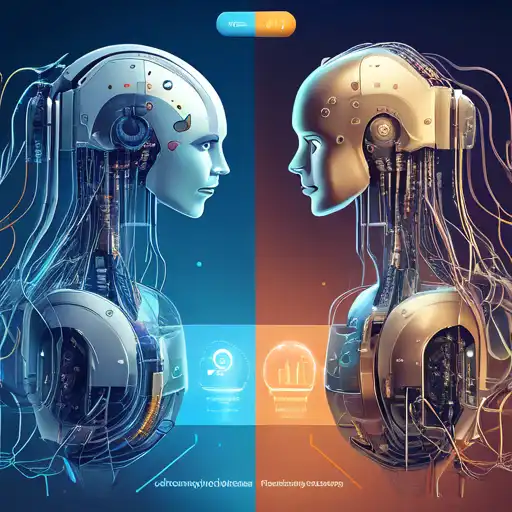Introduction to Machine Learning and Deep Learning
In the rapidly evolving field of artificial intelligence (AI), Machine Learning (ML) and Deep Learning (DL) stand out as two of the most significant and talked-about technologies. While they are often used interchangeably, there are key differences that set them apart. This article delves into these differences, helping you understand which technology might be best suited for your needs.
What is Machine Learning?
Machine Learning is a subset of AI that enables systems to learn from data, identify patterns, and make decisions with minimal human intervention. ML algorithms are trained using large sets of data, and they improve their accuracy over time without being explicitly programmed to do so.
Types of Machine Learning
- Supervised Learning: The algorithm learns from labeled data.
- Unsupervised Learning: The algorithm learns from unlabeled data.
- Reinforcement Learning: The algorithm learns through trial and error to achieve a clear objective.
What is Deep Learning?
Deep Learning, a subset of Machine Learning, uses neural networks with many layers (hence the term 'deep') to analyze various factors of data. It is particularly effective in processing unstructured data like images and speech.
Key Features of Deep Learning
- Automated Feature Extraction: DL models can automatically identify the features to be used for classification.
- Handles Large Volumes of Data: DL excels in scenarios with vast amounts of data.
- High Accuracy: With enough data, DL models can achieve remarkable accuracy.
Machine Learning vs. Deep Learning: The Key Differences
While both ML and DL are used to make sense of data, their approaches and applications differ significantly.
Data Dependencies
Deep Learning requires large amounts of data to perform well, whereas Machine Learning can work with smaller datasets.
Hardware Requirements
DL models are computationally intensive and often require powerful GPUs, unlike ML models that can run on lower-end machines.
Feature Engineering
In ML, feature extraction is done manually by data scientists, but in DL, the model does this automatically.
Interpretability
ML models are generally easier to interpret and understand than DL models, which are often considered 'black boxes'.
Choosing Between Machine Learning and Deep Learning
The choice between ML and DL depends on several factors, including the size of your dataset, the complexity of the problem, and the computational resources available. For more insights on making the right choice, check out our guide on Choosing the Right AI Technology.
Conclusion
Understanding the differences between Machine Learning and Deep Learning is crucial for leveraging the right technology for your projects. While ML offers simplicity and efficiency for smaller datasets, DL provides unparalleled accuracy for complex problems with large datasets. As AI continues to advance, the line between these two technologies may blur, but their core differences will remain relevant.
